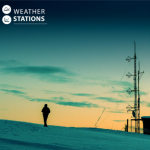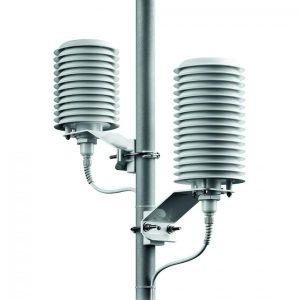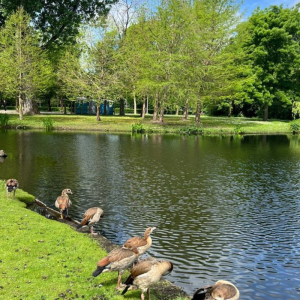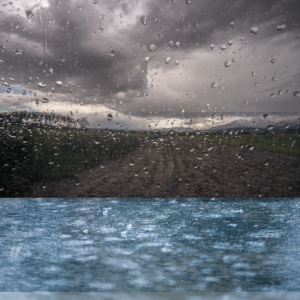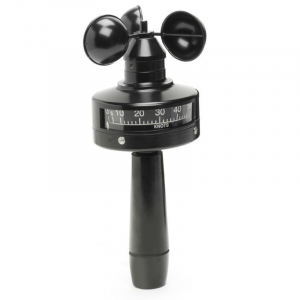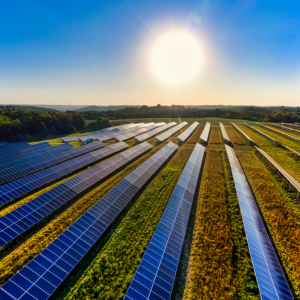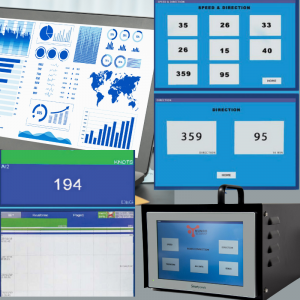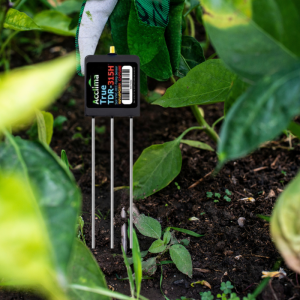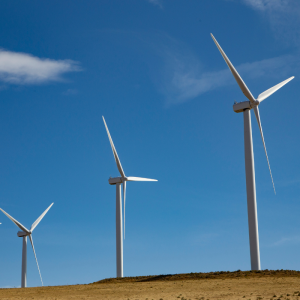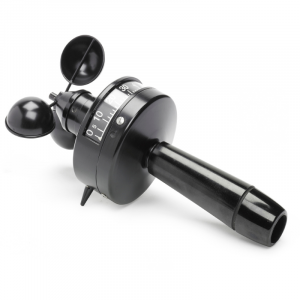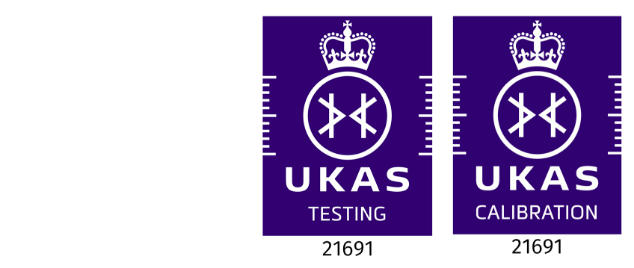We have over 150 years’ experience in the manufacture and supply of meteorological equipment. Our clients include environmental agencies, airports, defence ministries, port authorities and power plants. To view our product range click on the icons below or download our brochure.
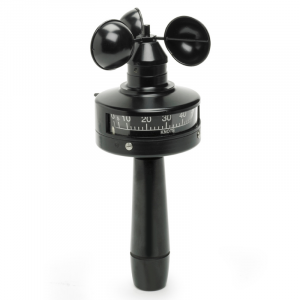
METEOROLOGY
How to Use Industrial Wind Speed Sensors
General instructions for working with Industrial Wind Speed Sensors Steps to Use Industrial Wind Speed Sensors Installation Proper installation is key to obtaining accurate measurements. Select the Right Location: Place

